It’s been a little while since my last article, but be assured: I’ve got lots in the pipeline (including a review of the Panasonic GX7). Today I’m going to touch on something I think is very important for photographers who shoot outdoors, and that’s getting to really know a location. It’s especially important to know the areas close to where you live, so you can continue to get good photographs without having to travel all over to find them.
Many photographers have a favorite location where they enjoy shooting. In some cases, they go to a similar location, but too often photographers will view the same exact location as something that they visit, get the shots that are available there, then move on. However, it’s very important when you find a good location to revisit that spot in different light, in different times of year, and with a different approach. You’ll find you can get an enormous variety of images from that single spot.
I’m going to go through a few of the key points with examples from one of my favorite spots, which is at the confluence of the Olentangy and Scioto Rivers in Columbus, Ohio.
Variety in Light and Weather
The biggest reason to revisit a location again and again is the variety in lighting conditions and seasonal and weather related conditions. The same spot may provide unique early morning light that highlights completely different portions of the scene than in late afternoon. The sun rises in different locations throughout the year, and certain weather conditions can completely change an image. If you don’t know how a location responds to these things, you will only ever glimpse a small portion of the types of great shots you can get at the same location.
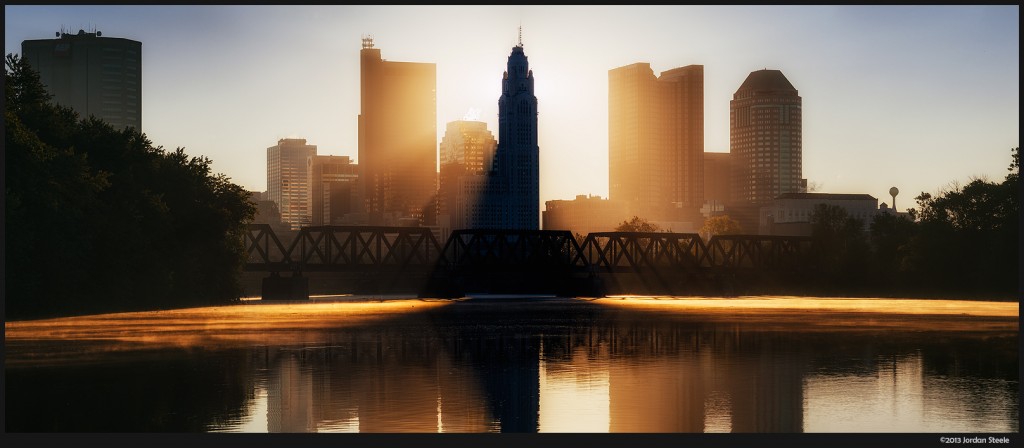
With my example location, the view towards the city is due east from this location. Therefore, the sun generally will rise over the skyline (though the position of the sun will vary dramatically with time of year), and during full moons, the moon will also rise over the city at dusk. In the slow-moving shallows, which are just to the south of this location, the early morning sun strikes at a very nice side angle for any birds that may be fishing in the river. The image above, which I captured just this morning, was one I had been hoping to capture for many months, but until today, the sun didn’t rise in the correct place. The image below, taken just a few months ago, shows a dramatic change in the sun’s rising position, which allows for a different composition and a dramatically different photograph.
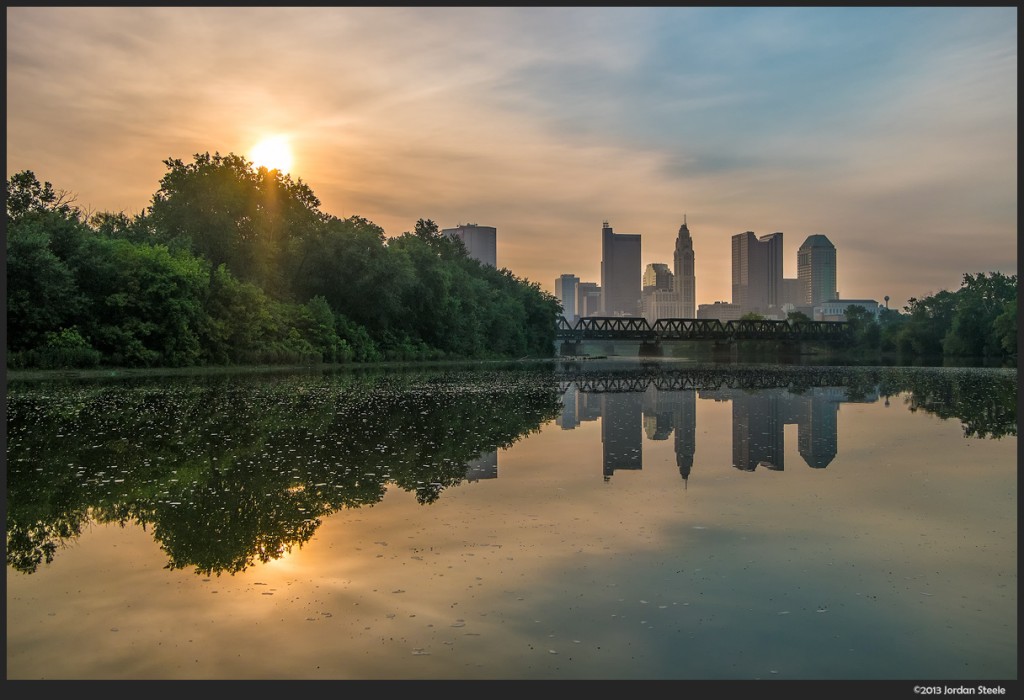
Also, because this location is a confluence of two rivers, the river level will change dramatically with rains, and the river may be very calm or very rough depending on the wind. All these conditions have a direct impact on the sort of images you’re likely to get at a certain time.
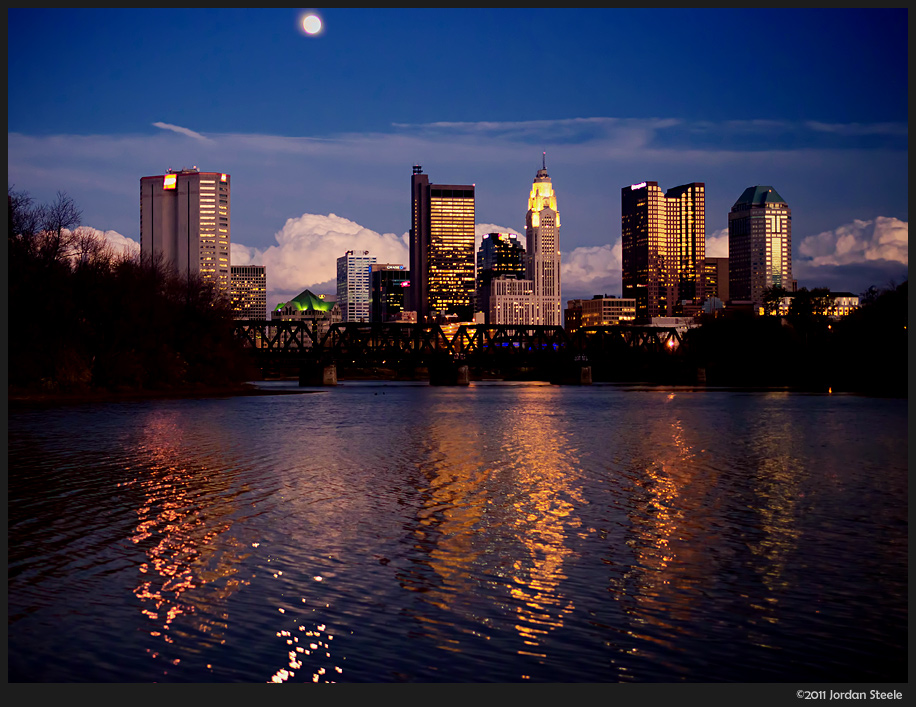
What’s Available to Shoot will Change
The second big thing to be aware of is that the same location will often offer completely different things to shoot throughout the year. While the above photos are all skyline shots, there’s much more that can be done at a location depending on how it changes throughout the year. This can be dependent on weather and light as above, but also just the natural (or man-made) ebb and flow of a location. At this location, there is a dock, which gets moved around rather easily by river currents, and the boats that are docked there seem to change with time as well. Birds come to the river at certain times of the year and when conditions are right, such as lowered water levels. Vegetation will naturally change and if you’re in an area that sees all four seasons, the landscape may be shaped by snow or other such changes.
The dock and boats that change have allowed for some further unique opportunities, including one of my favorite images of the year (below), of the dock leading to the city with some rowboats docked to it. This is a very early morning shot, well before sunrise, this past winter.

The look from this location is completely different later in the morning, and later in the year:

The dock had a red motorboat tied to it for a short while this summer, which provided an interesting foreground just after a storm…and became an unfortunate casualty to multiple storms shortly thereafter:
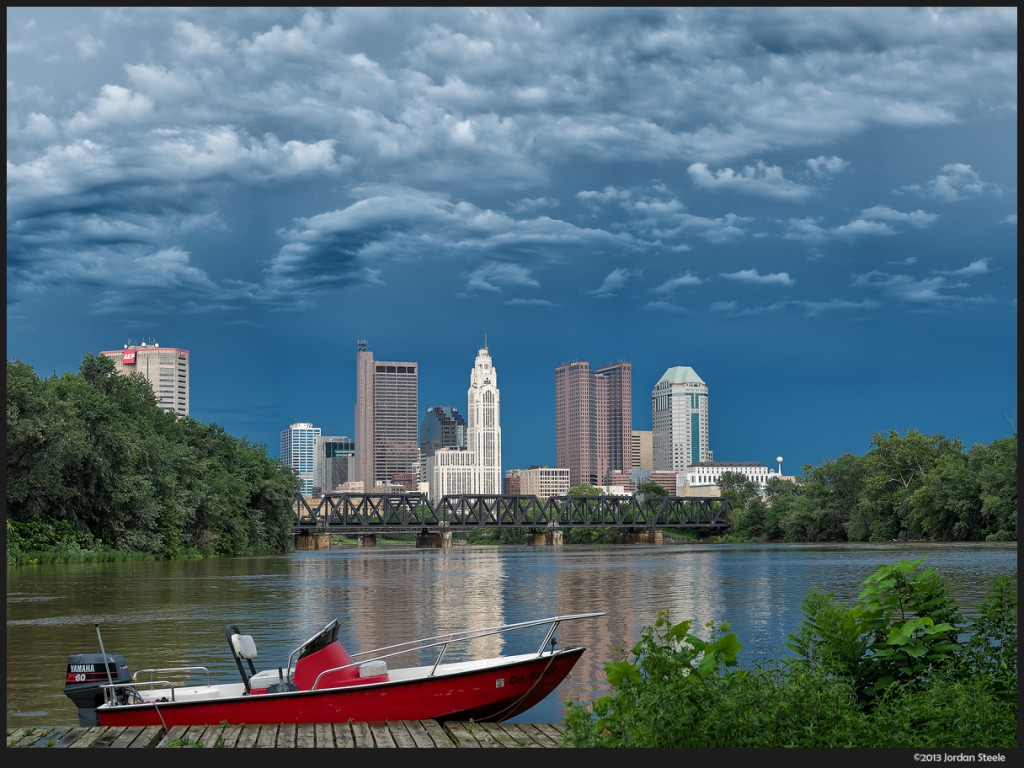

In the three shots below, taken all within a week or so of each other, but at different times of day and under differing conditions, an egret was stalking the river for fish. In the one shot, the sun is higher, the egret is at an angle to me for side lighting, and natural morning color. The second image was taken earlier in the morning when the sun was just coming up, and the egret was between me and the sun, allowing for glorious golden light and a unique backlighting situation. The third image was an overcast morning with mist on the river, and the egret considerably further from shore. I think all are successful images, but also wildly different images, even though they were taken from the same spot and have the same subject.

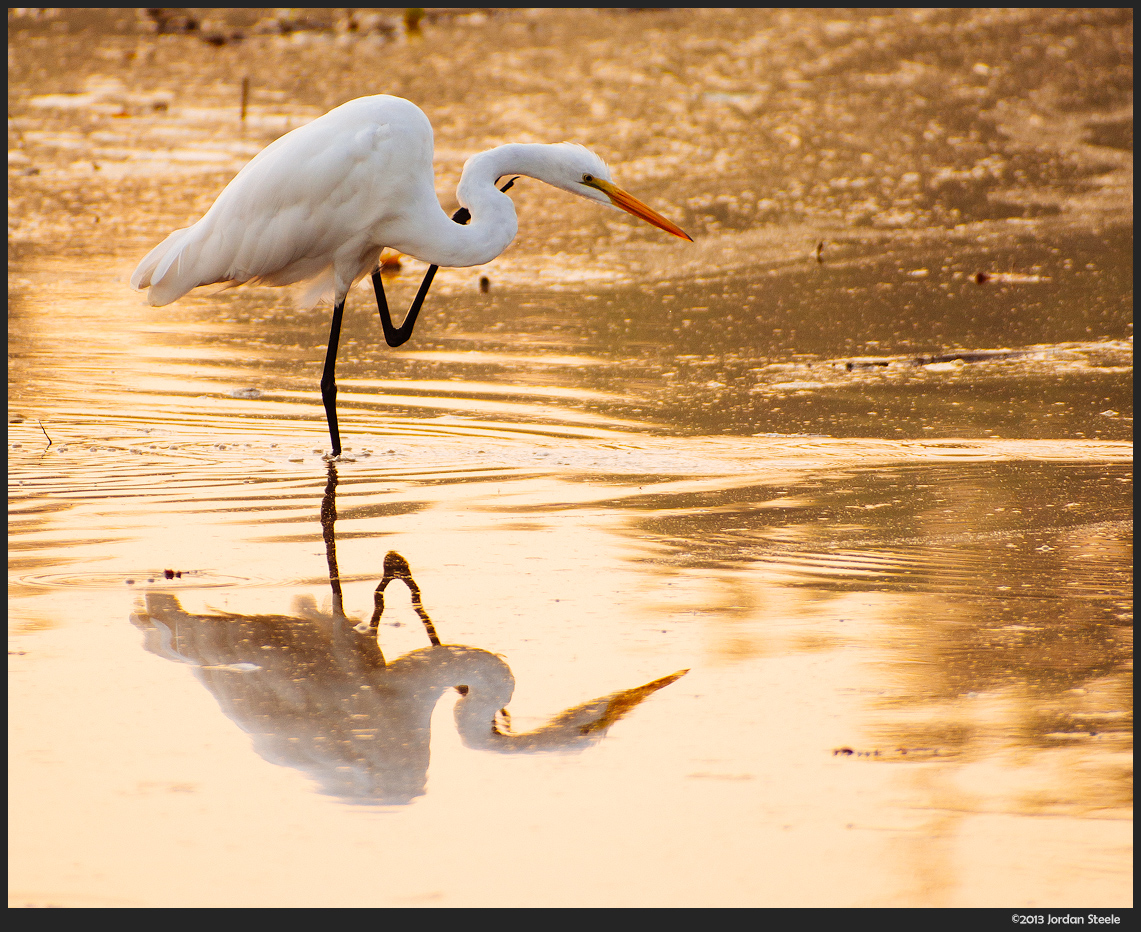

So, there you have it. While this is actually just a small slice of the pictures I’ve taken from this location, I hope I’ve shown how a single location can be the inspiration for a huge variety of photographic opportunities. Not only will changing light and conditions change the types of pictures you can get at the same location over time, but the location itself will undergo changes over time as well. Only by really knowing a location and revisiting it, can you tap the wealth of images that you can bring to life.
How to make the most of a location
Of course, really knowing a location is more than just showing up there often. Not only do you start to get to know what changes occur after rain, or in the fall, or late afternoon, but you start to be able to plan for images that you want to get. When the river got low and I noticed the egrets fishing, I made sure to grab a telephoto lens to ensure I got the shots I wanted. When you see the sky clearing or a hole in the clouds, you start knowing how that’s going to affect shots. I’ve been able to pull off the highway and dart to a location to get the shot just as the light strikes the scene perfectly because I could see that something special was brewing in the sky. (This was also the case with the night shot earlier in the article, where the clouds rolling above broke away, and I had just enough time to capture them before they drifted over the horizon, adding a dramatic flare to the final image).
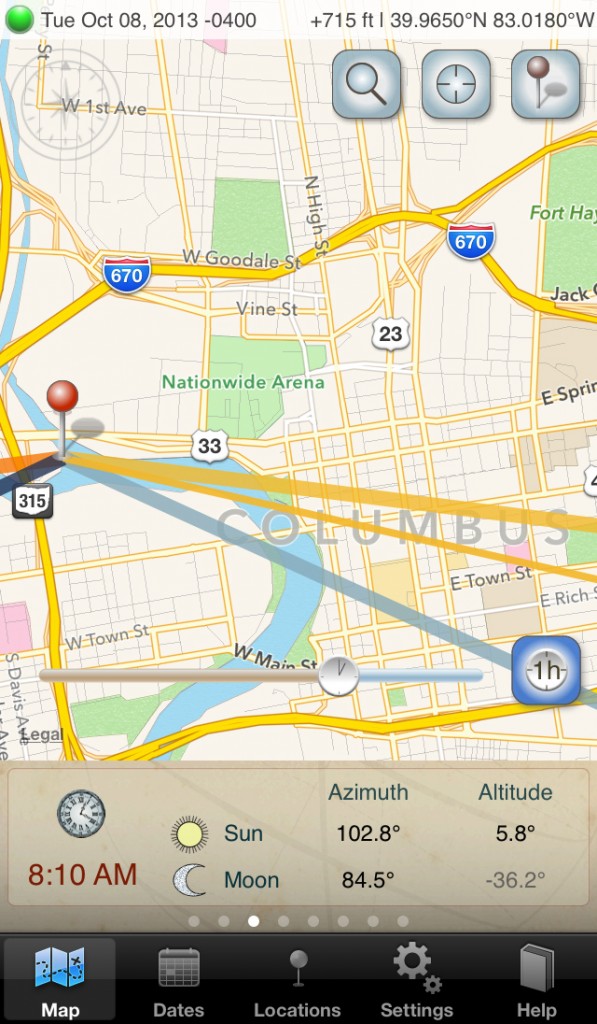
However, you don’t always have to react. There are great tools available that can help you. The first image in this article is one I’ve been hoping to capture for months. The sun rises well to the left of the skyline throughout the summer, but as summer turns to fall, the location of the sunrise drifts to the right (well, south). There are some really great smartphone and tablet apps that are designed just for this sort of thing. I use The Photographer’s Ephemeris for some planning, which gives you a map view and allows you to pinpoint a location, set a time, and it will show you the passage of the sun and moon over the map, including elevation data, allowing you to see exactly where you need to be, or when you need to be at a location to catch the light you want.
There are also some shorter term planning apps like PhotoPils which is an augmented reality app, allowing you to show on a visual overlay of the scene, where the sun and moon will be in the coming hours.
Using tools like these and your own knowledge of a location can help you get the most out of your photography and get that shot you’re after.
So get out there, go revisit some of your favorite spots, and really get to know the ins and outs of that location.





Leave a Reply